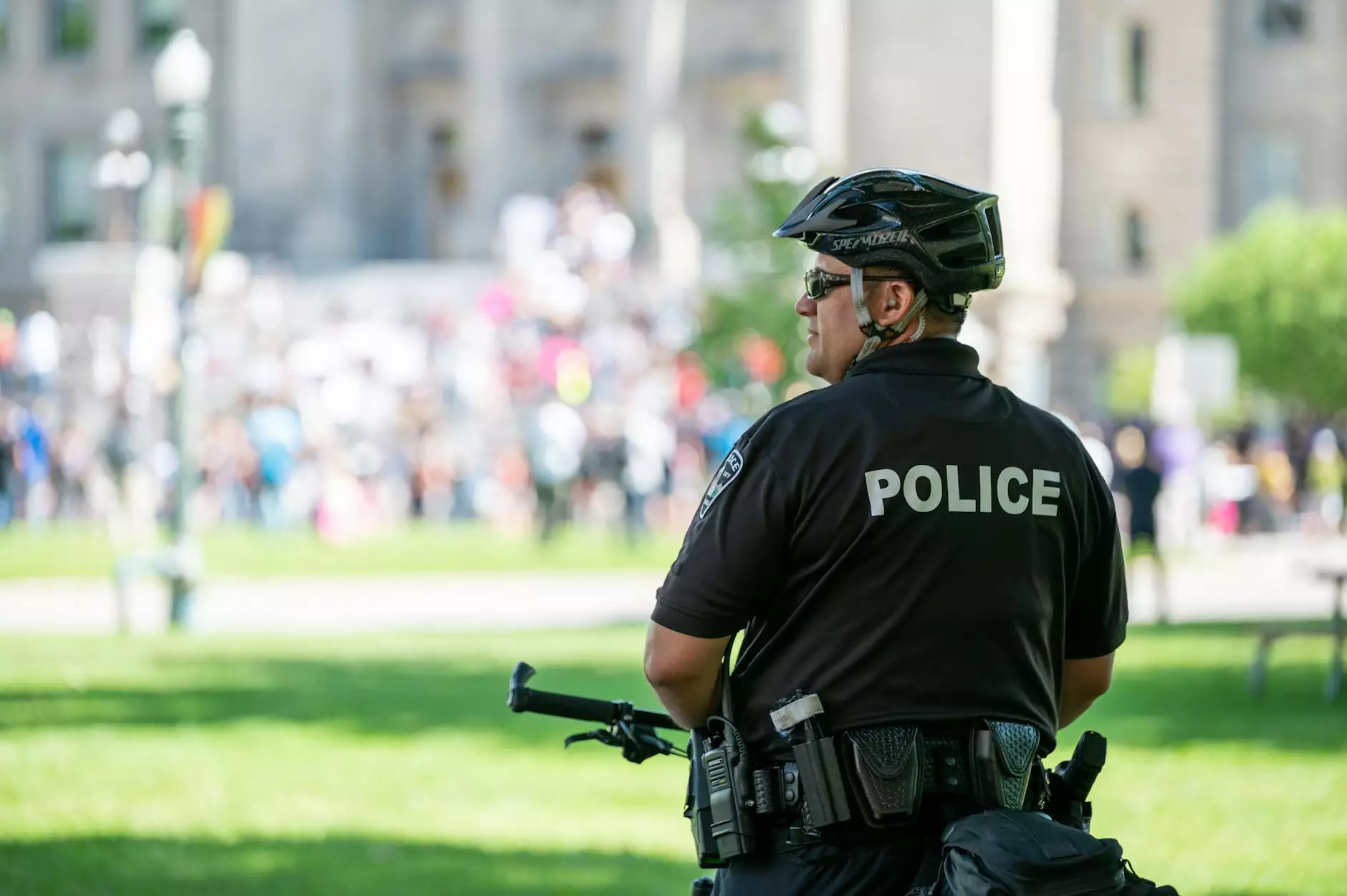Learn English Grammar – Simple Past Tense
English Grammar Lessons
Introduction
Welcome to NJCLT's comprehensive guide on learning English grammar through the exploration of the Simple Past Tense! In this article, we will delve into the intricacies of this grammatical aspect to help you develop a thorough understanding and enhance your language skills.
What is the Simple Past Tense?
The Simple Past Tense is a grammatical tense used to describe actions or states of being that occurred and were completed in the past. It is commonly employed to recount events, discuss historical facts, or describe personal experiences that happened before the present moment.
Forming the Simple Past Tense
In English, the Simple Past Tense is often formed by adding the suffix "-ed" to the base form of regular verbs. However, irregular verbs have unique past tense forms that must be memorized. Understanding the rules and patterns behind these verb forms is crucial to mastering the Simple Past Tense.
Regular Verbs
Regular verbs follow a consistent pattern when forming the Simple Past Tense. Most regular verbs simply add "-ed" to the base form of the verb. For example:
- Walk ➡ Walked
- Talk ➡ Talked
- Jump ➡ Jumped
It is important to note that some regular verbs ending in "e" drop the final "e" before adding "-ed." For instance:
- Smile ➡ Smiled
- Wave ➡ Waved
- Raise ➡ Raised
Irregular Verbs
Irregular verbs, on the other hand, do not follow standard patterns when forming the Simple Past Tense. Each irregular verb has its own unique past tense form that needs to be memorized. Here are some common examples:
- Go ➡ went
- Eat ➡ ate
- Think ➡ thought
- Take ➡ took
Usage and Examples
The Simple Past Tense is used in various contexts, including:
- Past Events: I watched a movie last night.
- Historical Facts: Shakespeare wrote many plays.
- Personal Experiences: I visited Paris in 2010.
- Sequential Actions: First, I woke up. Then, I had breakfast.
- Past Habits: She always went for a run in the morning.
To illustrate the usage of the Simple Past Tense, consider these examples:
- I studied English last year to improve my language skills.
- They visited their grandparents during the summer vacation.
- He broke his leg while playing football.
Signal Words
Signal words often accompany the Simple Past Tense to provide context and clarify the time frame. Some common signal words associated with the Simple Past Tense include:
- yesterday
- last week/month/year
- in 2005
- ago
- in the past
Practice Makes Perfect
Effectively using the Simple Past Tense requires practice and exposure to real-life situations. NJCLT provides a wide range of resources, exercises, and interactive lessons to help you strengthen your grasp of English grammar and the Simple Past Tense specifically.
By engaging in our immersive learning environment, you will have ample opportunities to practice forming and using the Simple Past Tense accurately. Through various exercises, dialogues, and writing tasks, you will gain the confidence to communicate fluently with correct grammar.
Conclusion
Congratulations on completing this extensive guide on the Simple Past Tense! With knowledge of its formation, usage, and signal words, you are ready to tackle English grammar with greater clarity and precision.
At NJCLT, we are committed to supporting your language learning journey every step of the way. We encourage you to explore our other informative articles and engage in our interactive lessons to broaden your understanding of English grammar and enrich your language skills.










